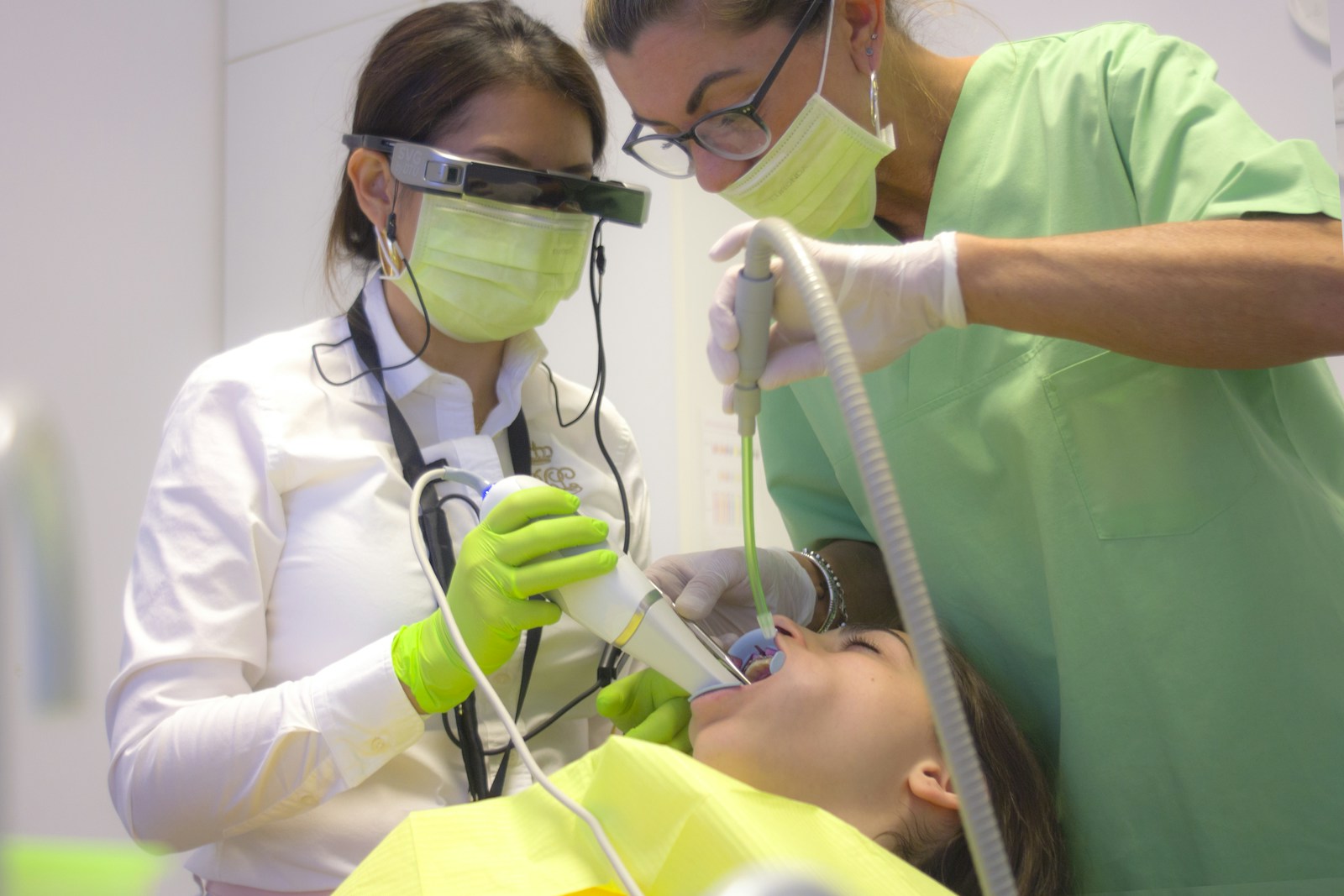
Reimagining Global Health Strategies: Reinforcing Gender Equity in Dentistry for a Healthier Future
News
Apr 5, 2025
Reimagining global health strategies requires confronting persistent inequities that shape health outcomes, particularly in dentistry and gender equity. Gender equity is not only a fundamental human right but also a strategic imperative for improving population health, strengthening health systems, and achieving sustainable development. Yet, in fields such as dentistry, gender equity remains overshadowed by longstanding structural and cultural norms.
According to the Canadian Encyclopedia, gender equity in healthcare refers to treating individuals according to their unique needs and contexts, considering how power and privilege affect opportunity. This principle is tied to the core value of fairness and is critical to building inclusive, ethical, and sustainable systems that reflect the diversity of health providers and their communities. Harmful gender stereotypes, alongside racism, ageism, and socioeconomic inequities, compound existing barriers to oral healthcare access and professional advancement for women and gender-diverse individuals.
Why Gender Equity Matters in Dentistry
Neglecting gender equity in dentistry perpetuates significant inequities across research, clinical practice, and leadership. Despite progress in gender diversity in dental schools, systemic transformation remains elusive. Structural barriers and cultural norms continue to shape career trajectories, specialization choices, and professional development.
- Access to equitable oral health care: Women and gender-diverse individuals face unique challenges in accessing oral healthcare, shaped by systemic, social, economic, and personal barriers. Poor maternal oral health extends beyond mothers, significantly affecting children’s well-being. Additionally, gender-diverse individuals remain underrepresented in digital innovations like virtual oral healthcare, which exacerbates existing disparities in quality healthcare access.
- Education and gender myths in dentistry: Though more women enter dental programs, a persistent gender equity myth falsely assumes that inclusivity has already been achieved. Invisible gender-based discrimination often goes unaddressed, leaving affected individuals isolated without institutional support.
- Clinical practice and workplace culture: Masculinist work cultures, sexism, harassment, and gender stereotypes remain a reality in dentistry, impacting job satisfaction and career advancement for women and gender-diverse individuals. These barriers contribute to vertical and horizontal segregation in dentistry.
- Research disparities: Women face significant gaps in authorship, funding access, and scientific recognition. Men dominate highly cited publications and editorial boards, perpetuating systemic barriers in dental research equity.
- Glass ceiling in dental leadership: Outdated gender norms and patriarchal structures limit leadership opportunities. Men disproportionately hold high-ranking academic roles (e.g., deans, department heads). At the same time, women remain often overrepresented in lower-ranking faculty positions, which are exacerbated by unequal pay and exclusion from decision-making.
Global challenges such as population aging, COVID-19, and climate change demand that dental health strategies be reimaged through a gender-equity lens, promoting sustainable and inclusive oral healthcare systems.
Pathways to Achieve Gender Equity in Dentistry
Addressing gender equity challenges in dentistry requires coordinated systemic efforts to restructure the profession. A gender-equitable future fosters better care, innovation, and responsive systems.
1. Structural Change & Policy Reform
- Collect and publish gender-disaggregated data to inform policy and clinical decision-making.
- Evaluate DEIAB (Diversity, Equity, Inclusion, Accessibility and Belonging) initiatives regularly.
- Diversify career advancement and promotion criteria.
2. Mentorship & Leadership Development
- Establish mentorship programs for women and gender-diverse professionals.
- Create leadership training for underrepresented groups.
- Showcase diverse role models to inspire the next generation.
3. Inclusive Education & Clinical Training
- Integrate gender equity and intersectionality into dental curricula.
- Train faculty and students to address gender-specific oral health needs.
- Promote inclusive, patient-centered clinical practices.
4. Gender-Inclusive Innovation & Sustainability
- Ensure equitable access to digital dentistry tools.
- Include gender-diverse perspectives in healthcare innovation.
- Embed gender equity in sustainable dentistry, acknowledging climate change’s disproportionate impact on women in low-resource settings.
A Call to Action: Building an Equitable Future in Dentistry
Gender equity in dentistry is more than a matter of fairness. It is necessary for building a healthier, more inclusive, and resilient profession. Aligning efforts with the 2030 Agenda for Sustainable Development can advance social justice. Achieving equity requires collective action from institutions, policymakers, educators, and providers. By dismantling structural discrimination and fostering inclusivity, we can close the gender gap and ensure that all individuals, regardless of gender or background, thrive in dental education, practice, and leadership.
Dr. Pascaline Kengne Talla wrote this article on behalf of the WFPHA’s Oral Health Working Group
